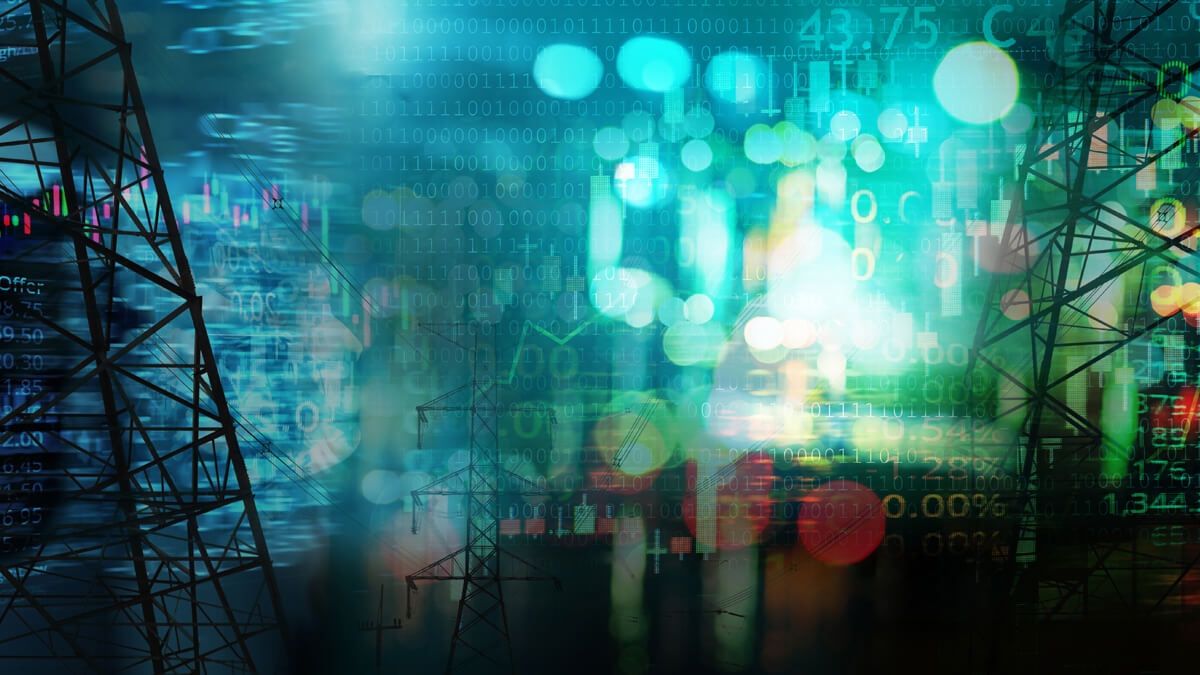Systems have existed for many years to track the outdoor location of moving objects. For instance, GPS/GNSS or mobile sensors-based systems that report the position of a vehicle transporting cash to banks using mobile networks to send this location to the tracking system.
Likewise on premises location tracking is being enabled through wireless networks. These systems tend to report back into static networks. Standalone management platforms which lead to the temptation to build silos and power bases rather than benefit the company or community.
So, what is IoMT (Internet of Moving Things) and why is it relevant to your organisation and your smart/IOT assets?
Indoors and Out
IoMT can be more accurately used to describe the reporting of position via static networks. More specifically, with the added factor that this position should be available whether indoors or out.
A platform could be put in place that takes data from the outdoor and indoor systems for a single overview. In the case of a single location, the wireless systems used for indoor location will have more robust outdoor devices. This gives you the advantage of a single sensor family being used in both instances.
Use cases that need location off premises require a national network provider to deliver that off premises data. Networks are deploying 5G technologies and so the opportunity to use 5G for both on and off premises data arises. In fact, depending on your size and location(s), a private 5G deployment delivers this connectivity locally. This would be the case whether wholly private, in part or fully hosted by a network provider.
Developments in SIM technologies now offer a seamless multi-network transition from private to public 5G networks. This includes both eSIM (Embedded) and iSIM (Integrated). This gives you oversight as your assets move from your premises via the transport network to their unlimited destination.
The IoMT
There is another use of the phrase IoMT in which the network itself is mobile as well as the assets. Perhaps the best analogy is the Apple AirTag and ‘Find My’ network. Here, the devices themselves are nodes of an ever-changing network that utilises various technologies. This means you as an iPhone user may inadvertently be one link in the chain of someone finding their lost keys. And they may repay the favour one day!
This use of the phrase IoMT is more applicable for smart cities and autonomous vehicles applications. An autonomous vehicle will be part of a multi-network mesh network, using dedicated short-range communications (DSRC) specifically designed for automotive use, 5G/LTE, Wi-Fi and other emerging wireless technologies.
This network will not just be for the benefit of that vehicle. This real time data can be used to reroute this or other vehicles to reduce pollution and congestion or drive a dynamic car parking system.
Ultimately, the use of this data can help cities reduce carbon emissions, provide cleaner air and safer streets, and even allow for more public spaces to be freed up from the tyranny of car parks.
This engagement of vehicles and traffic systems with a multi-network mesh including other city assets – both fixed and mobile – will provide historical as well as real time and historical data to inform city development across a wide area of interests and communities.
Summary
As with many TLAs there is more than one spin for the Internet of Moving Things (IoMT). The ‘local’ use case of tracking location both indoors and outdoors – whether it’s on premises or on the road network – is deliverable with current technologies for companies whether single or multi-site.
The ‘global’ use – where asset themselves form an ever shifting network for their own benefit and that of wider communities – will play a vital role in the ‘Smart Cities’ (itself a phrase that is open to many interpretations) we develop to better manage our community resources and maximise citizen engagement. This drive to empowerment will have political ramifications that I would not venture to address, but the suite of technologies are falling in to place to deliver on this.
Please visit the Chronos Times area of our website to read the latest Insights and Bitesize articles, learn about our attendance at recent Events and much more.




